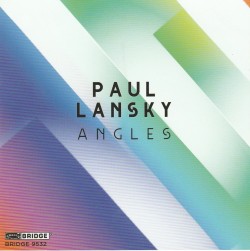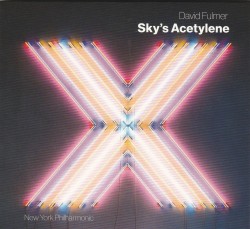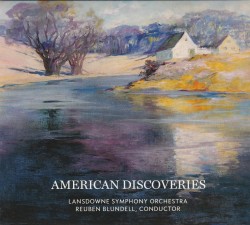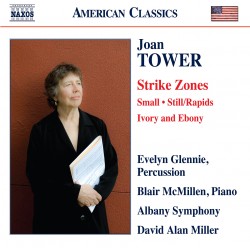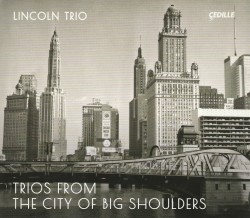William Bland: Piano Sonatas - Kevin Gorman
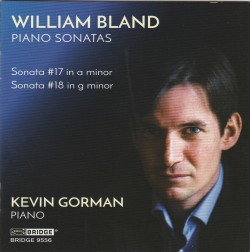 William Bland – Piano Sonatas
William Bland – Piano Sonatas
Kevin Gorman
Bridge Records 9556 (bridgerecords.com)
Born in West Virginia in 1947 and trained at the Peabody Conservatory in Baltimore, William Bland is a prolific composer of solo, chamber and orchestral music, including 24 piano sonatas. Conceived as a cycle similar to Bach’s Well-Tempered Clavier, with one work in each of the major and minor keys, Bland’s compositional versatility and creativity is astonishing, especially when one considers the inherent constraints of writing 24 unique pieces for the same instrument, each over 20 minutes in length!
This recording showcases Bland’s 17th and 18th sonatas, performed by pianist Kevin Gorman in his recording debut. Gorman is a lively and compelling player, able to reign in Bland’s eclectic, and occasionally eccentric, musical sensibilities in a way that feels entirely organic and logical. When there are moments requiring brash attacks, he does so ably, but Gorman also conveys intense sweetness and sincerity, particularly in instances where the textures are lush and melodious
Bland’s writing is difficult to classify, encompassing a swath of influences and styles ranging from pop and jazz to atonality, with a bit of everything in between. At one moment you may be listening to a beautiful, Schumann-esque bit of melody, the next a bit of extension-inspired jazz, finishing with a spot of Schoenberg. Does this all come together? Absolutely. I don’t know how, but it certainly does, like a chef grabbing everything within arm’s reach and somehow producing a delicious and savoury meal.
It is often a simple task to recommend a recording to a particular group of auditors but, as they do in so many other ways, Bland’s sonatas defy such simple classification. What I can recommend, however, is that everyone give this music a try, for there is something in these works that is sure to captivate every listener, regardless of their usual preferences and proclivities.


